It is always difficult for us to choose a product without being able to prove it. In the case of classical dance tights, the same thing happens. That’s why we want to give you 5 tips, so that it’s easier for you to choose your ideal ballet tights.
5 tips to choose the best dance tights:
Type of tight.
- As we discussed in the previous post, there are different types of tights. The transition tight is one of the most recommended for classical dance, especially to wear with the pointe shoes. They have a hole under the instep that facilitates the dancer access to the foot to protect or heal the wounds produced by the pointe shoes.
Hard or thin.
- Thin tights are always more elegant and adapt better to the body. On the other hand, thicker ones, compress the body too much and can become uncomfortable. Of course, for another dance discipline, maybe you prefer them.
Without sewing.
- It will always be more comfortable. The sewing on the feet can make the dancer uncomfortable during some movements. In addition, the sewing can be marked on the leotards or dresses and seen from the stage. So, all are advantages without sewing!
With sole.
- Obviously the cost of the tight will go up, but for a dancer the comfort shouldn’t have price. That’s why we recommend tights with soles. The heel doesn’t suffer so much since it doesn’t have a direct contact with the ground and the danger of slipping decreases.
Elastic.
- Elastic tights are the best option. Dancing with some tights that don’t adapt to the body is uncomfortable for the dancers. With the most of movements, tights that aren’t elastic tend to slip through the body and thus make the dancer uncomfortable. Instead, an elastic tights will always adapt to any of your movements.
Recommendation: to help your tights last longer, it is highly recommended that wash them by hand and with cold water. At the time of drying, put them on a flat surface.



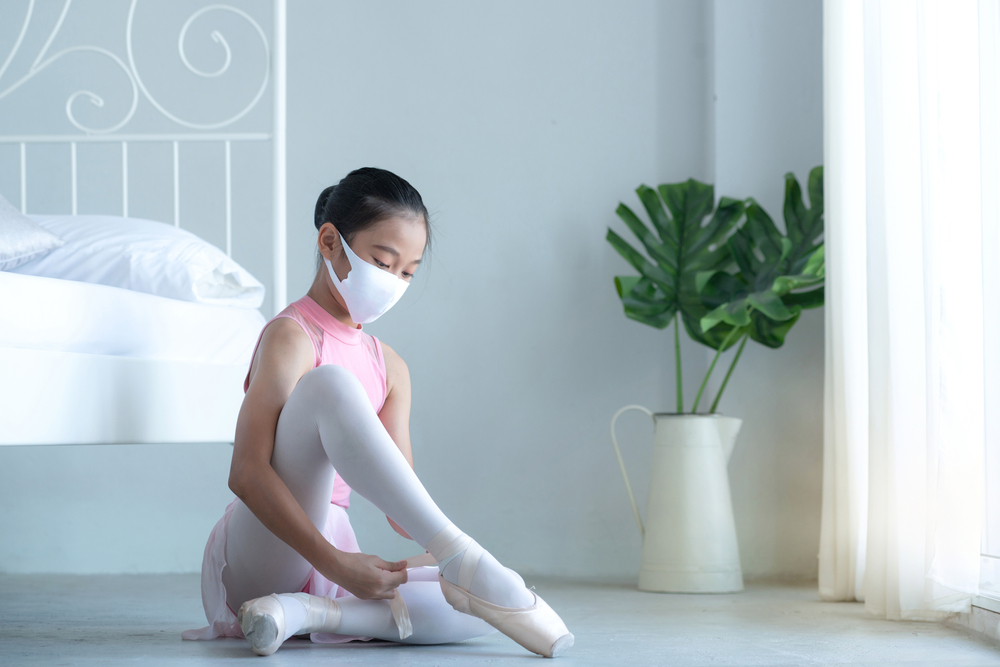
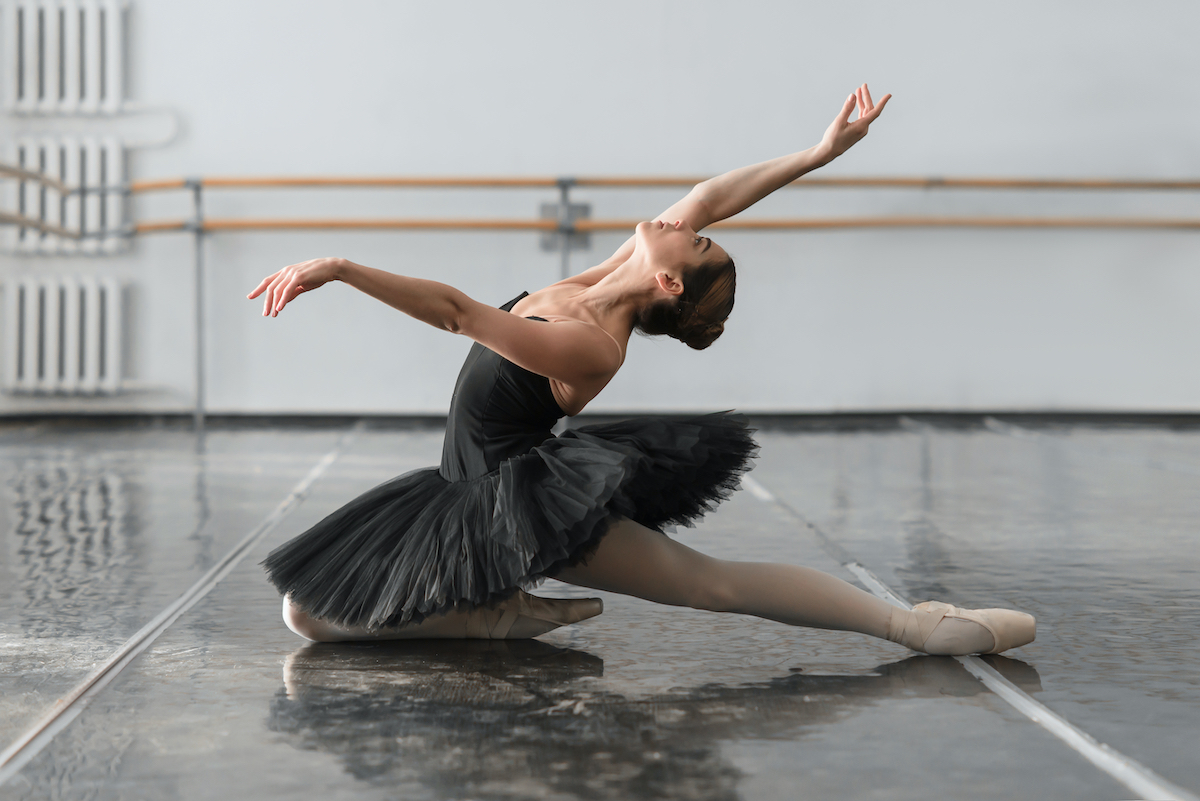
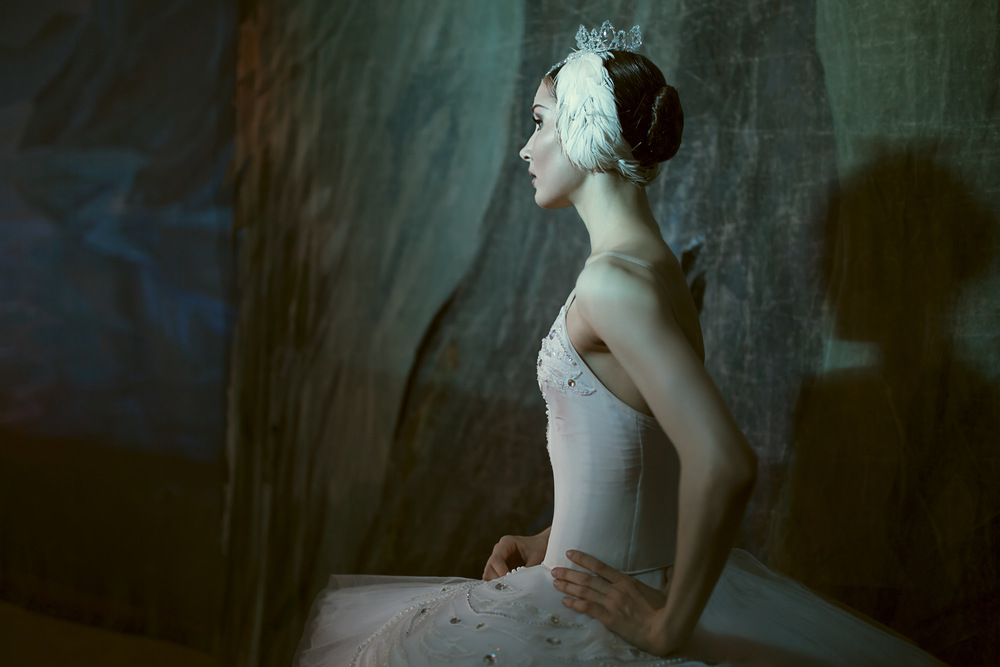
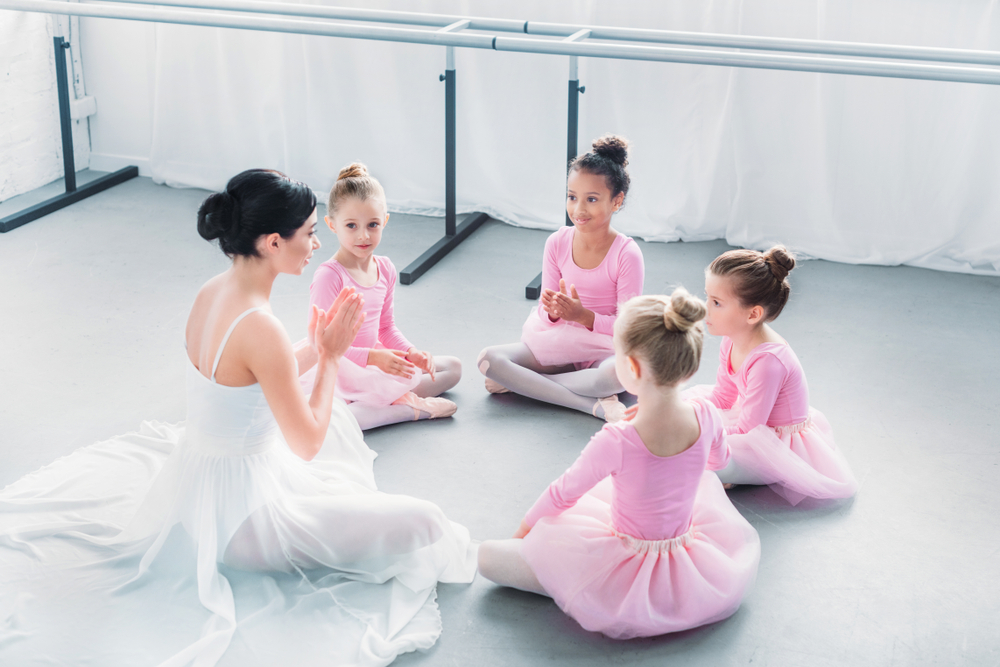
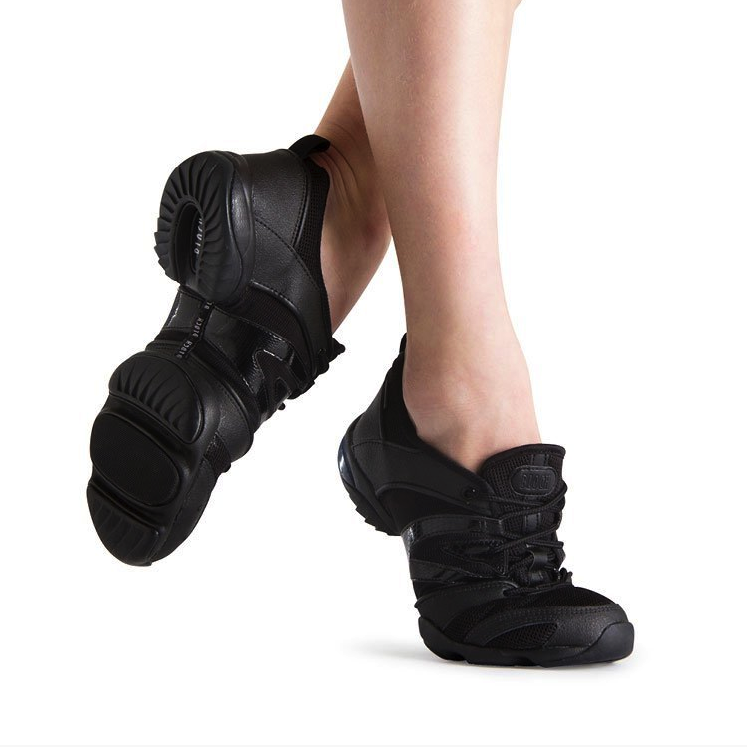
Leave A Comment
You must be logged in to post a comment.